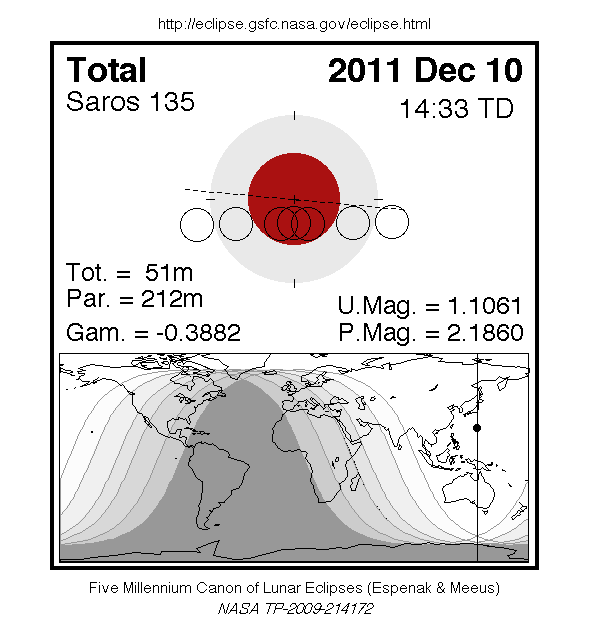As with any cut plant materials, your greens have a certain life expectancy. Happily, evergreens need very little care. Following these quick tips will make the most of your evergreens:
Choose Fresh Greens: Check the needles. They should be bend easily and not fall off with a gentle tug. If the needles are stiff or brittle, the greens are too dry.
Cutting your own Greens?
- Always start with the freshest greens. Ideally you would cut the tips of evergreens AFTER a hard frost and several consecutive cold nights to ensure needle retention. If so, your greens would keep their needles until March or April in our Northern climate.
- While you are pruning, look for small branches that can be cut off to cleanup the look of your evergreen plants.
- Holly, Boxwood and Needle-Leaved Evergreens can spare the interior branches, since the plant doesn't need them as much as the outer branches.
- Proper pruning time is not too important when you are just snipping off a few branches. However, use the right pruning technique whenever you cut branches. For a new branch, cut the stem back to a side branch or a bud. Don't just snip it off leaving a stub. This is especially important on pines and spruces since the cut branches will not send out new growth from the cutoff ends of a branch.
- Perennials which are dying back at this time of year are more forgiving — you can remove them at the ground level or at any desired height.
Watering?
After cutting the evergreens, give them a good soak in water (overnight if possible). Allow them to dry off. A spray of Wilt-Pruf, or another plant protector, is a waxy coating to hold in moisture. (Finished wreaths can also be sprayed with Wilt-Pruf.)
Freshen your greens and wreaths with a good watering. Depending on the base material and decorations, you may be able to dunk, hose, spritz, or spray them. Caution: A metal base may rust, be sure to dry off any metal parts to avoid rust and staining.
Sunlight? When you hang your greens, hang them in a shady spot, avoiding the hot afternoon sun.
Indoors? If you choose to keep your greens inside, wait until the last minute to do so.
Heat? Don't hang greens near any heat sources that will dry them out. Dry greens are extremely flammable. You can keep them fresh with a spritzing of water from time to time, especially important if your home has dry heat like forced hot air, a fire place or wood stove. Try holding it over the sink or tub, and spraying the back. If you can water it every other day, it will last the longest.
Flammable? Very. Don't allow any candles or open flames near any fresh greens.
Outdoors? Easy. Outside wreaths shouldn't need water, especially if in a sheltered area away from direct sunlight. Cold temperatures should keep it fresh.
Hopefully these tips will help you get the most from your holiday greens.








































